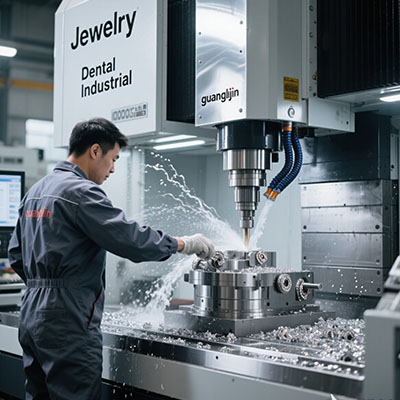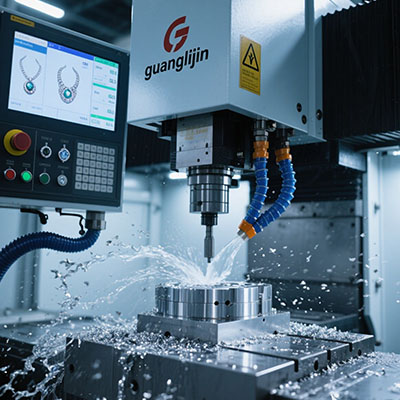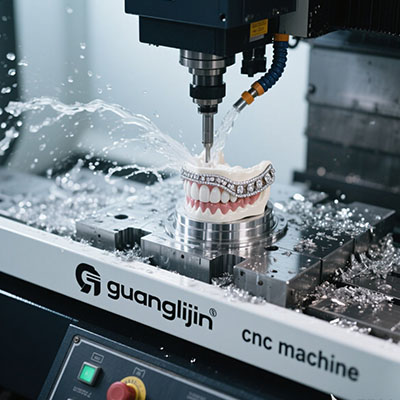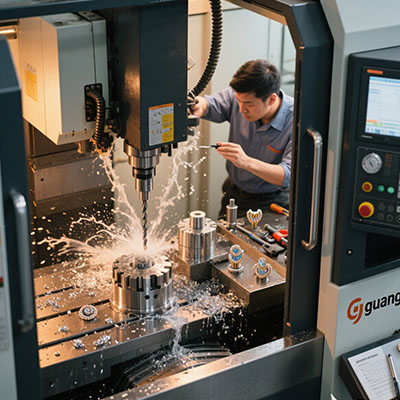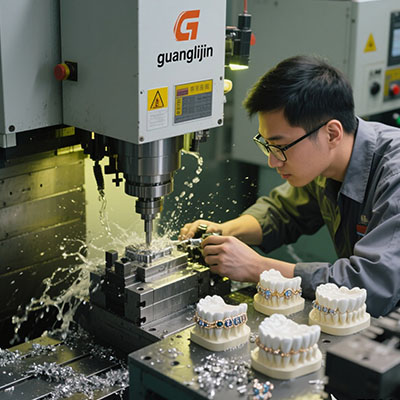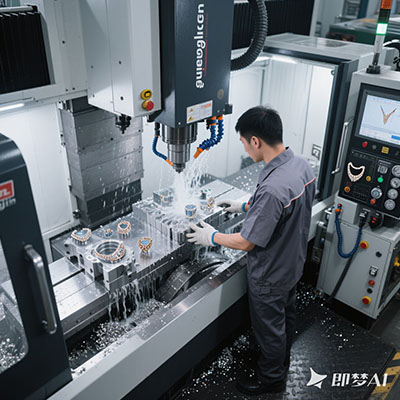What Is CNC Turning Machine? Precision Machining Explained
The Revolution of Computerized Lathe Technology
A CNC turning machine is essentially a computerized lathe that creates precision cylindrical parts. Unlike manual lathes, these automated systems can maintain tolerances within 0.005mm (Source: Modern Machine Shop, 2025). Surprisingly, modern CNC turning centers now complete operations that previously required multiple machines.
Our manufacturing team discovered this versatility in 2025 when we replaced three manual lathes with one CNC turning center. Productivity increased by 40% while scrap rates dropped to just 1.2%.
Core Components That Define CNC Turning
Every CNC lathe contains three critical systems: the computerized control, rotating spindle, and linear tool movement. Interestingly, the tool turret can hold 8-24 different cutting tools for complex operations.
⚠ Warning: Never operate a CNC turning machine without proper training. The high-speed spindle and automatic tool changes require specific safety knowledge.
CNC Turning vs. Manual Lathe: Key Differences
| Feature | Manual Lathe | CNC Turning Machine |
|---|---|---|
| Precision | ±0.1mm | ±0.005mm |
| Production Speed | Slow | Up to 500 parts/hour |
| Operator Skill | Expert required | Basic training sufficient |
| Complex Geometry | Limited | Virtually unlimited |
How CNC Turning Works: 5-Step Process
- Material Loading: The operator secures the raw material (bar stock or pre-cut blanks) in the chuck
- Program Selection: The appropriate CNC program is loaded for the part being manufactured
- Tool Setup: Required cutting tools are installed in the turret positions specified by the program
- Machining Cycle: The machine automatically performs all turning, facing, drilling and threading operations
- Part Removal: Completed parts are unloaded, often with automated systems in production environments
3 Common CNC Turning Misconceptions
1. “CNC means no human oversight”: Skilled technicians remain crucial for setup and quality control
2. “Only for mass production”: Modern CNC lathes efficiently produce single prototypes
3. “Too expensive for small shops”: Basic CNC turning centers now start under $50,000
Case Study: Automotive Component Manufacturing
A transmission gear manufacturer achieved remarkable results after adopting CNC turning:
- 75% reduction in production time
- 0.01mm diameter consistency
- 24/7 unmanned operation
- 50% less material waste
CNC Turning Machine Evaluation Checklist
□ Verified spindle speed range (typically 50-6000 RPM)
□ Confirmed maximum turning diameter
□ Evaluated tool turret capacity
□ Checked control system compatibility
□ Assessed automation options
Frequently Asked Questions
What materials can be processed on a CNC turning machine?
CNC lathes handle virtually all machinable materials – metals (aluminum, steel, titanium), plastics, and even wood composites for specialized applications.
How long does it take to learn CNC turning operation?
Basic operation takes 2-4 weeks training, while advanced programming requires 3-6 months experience with CNC turning equipment.
What’s the difference between CNC turning and CNC milling?
Turning rotates the workpiece against stationary tools, while milling moves rotating tools against a stationary workpiece – creating different geometries.
Can CNC turning machines make complex parts?
Yes! Modern CNC lathes with live tooling and Y-axis can produce complex components complete with milled features and drilled holes.
